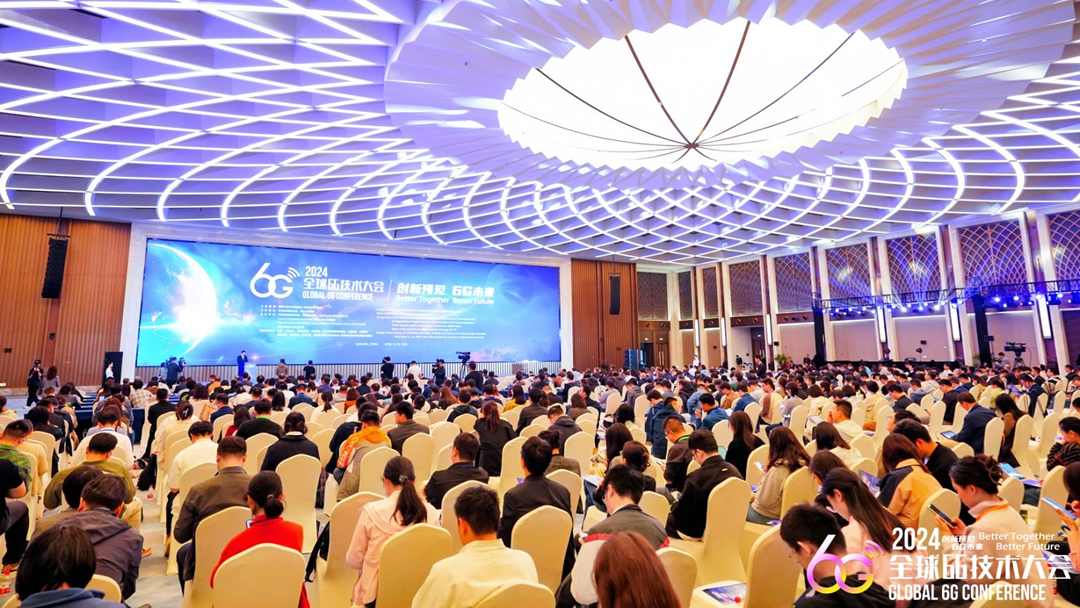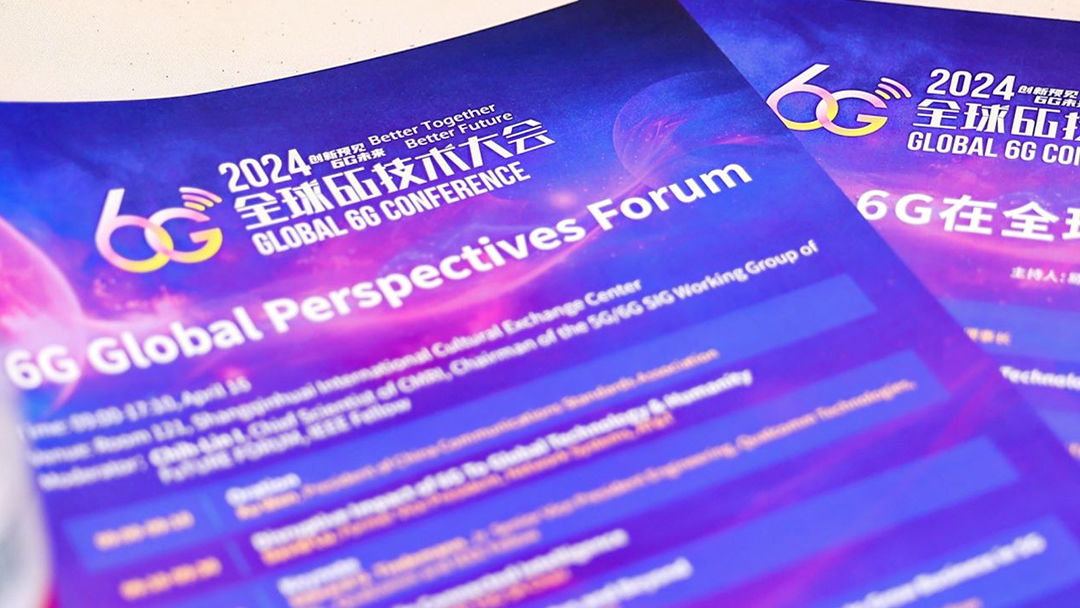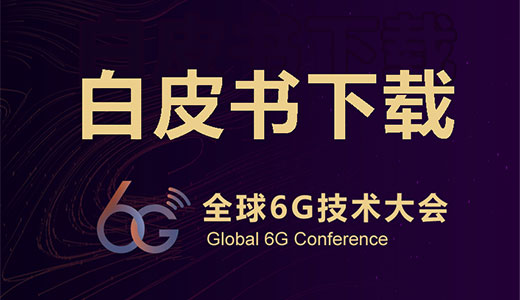6G: The Next Horizon
6G is the next-generation advanced mobile communications system, but it will go far beyond communications. 6G will serve as a distributed neural network that provides communication links to fuse the physical, cyber, and biological worlds, truly ushering in an era in which everything will be sensed, connected, and intelligent. This in turn will lay a solid foundation for Intelligence of Everything in the future.
Defining 6G
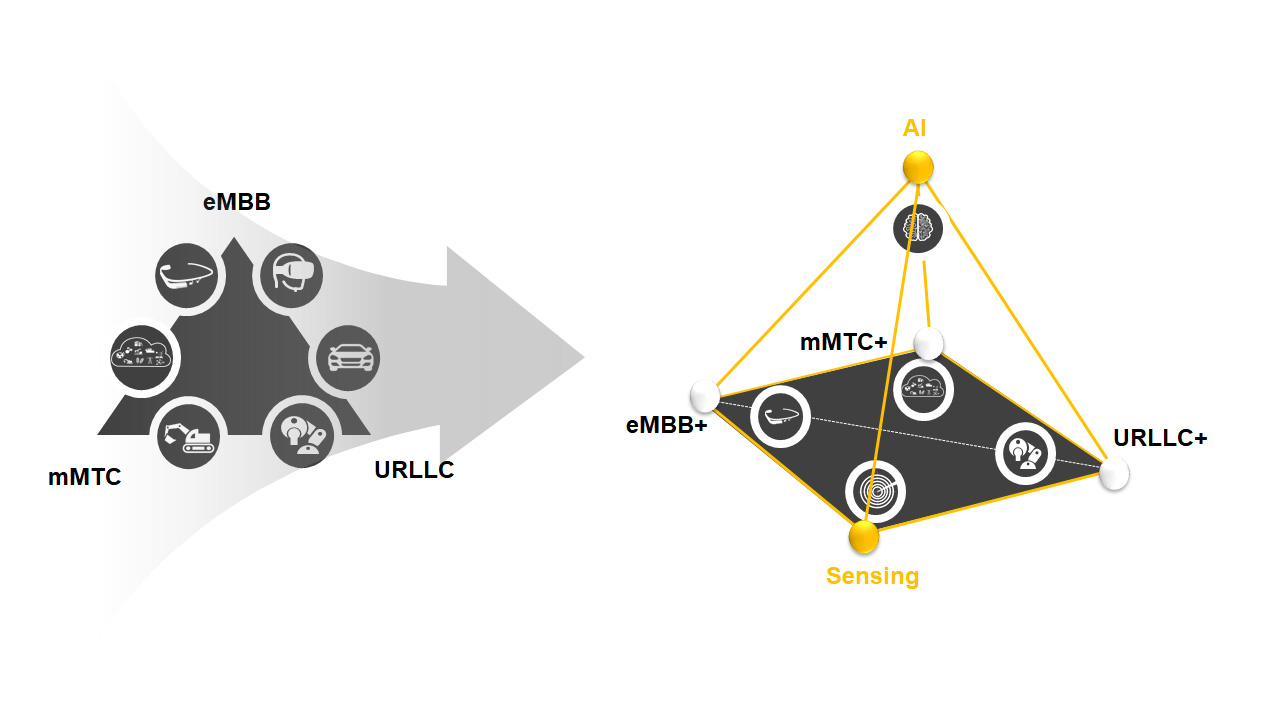
6G: From Connected People and Things to Connected Intelligence
There is a tendency to overestimate what can be done in two years but underestimate what can be done in ten years. For the year 2030 and beyond, many aspects of our daily lives will be augmented by ultra-high speed and ultra-reliable wireless connections, native AI, and advanced sensing technologies. Five major categories of usage scenarios are defined, among which, eMBB+, URLLC+, and mMTC+ are extensions and combinations of the usage scenarios defined in 5G, while sensing and AI are two new usage scenarios that will flourish in the era of 6G.
eMBB+
6G is going to bring together physical and cyber worlds and create paradigm shifting living style in Metaverse. eMBB+ is the continuous evolution of enhanced mobile broadband (eMBB) for human-centric communication use cases. It will enable extremely immersive experience and multi-sensory interactions in XR applications — including augmented reality (AR), virtual reality (VR), and mixed reality (MR) — and telepresence. eMBB+ will pose much higher requirements on the peak data rate, user-experienced data rate, low E2E latency, and large system capacity (i.e., high throughput and massive connections). Furthermore, it will enable a range of use cases in entertainment, education, manufacturing, and navigation, transforming the way we live, learn, work, and travel. Both indoor and outdoor cases are needed, where seamless user experience in the target activity areas must be guaranteed along the E2E routes of activities, regardless of the high mobility in extreme cases. The user experienced data rate in remote areas and on planes and ships must be maintained to support ubiquitous high-quality connections.
URLLC+
6G will accelerate full-scale digital transformation of vertical industries. URLLC+ is the continuous evolution of ultra-reliable low-latency communications (URLLC) for critical machine-type communication in Industry 4.0 and beyond. It also applies to new applications enabled by the ubiquitous utilization of robots, UAVs, and new human-machine interfaces (HMIs) in manufacturing, public service, autonomous driving, and household management. To be more closely adapted to all kinds of vertical applications, the requirements on low latency and high reliability may be strict in first-order statistics (e.g., mean number of errors in a period) but controllable in the distribution or higher-order statistics (e.g., distribution of errors in a period). In future automated and flexible manufacturing, precise localization and deterministic communication will be provided to support real-time interaction between collaborative robots. A rethinking of network architecture is also considered necessary to enable massive machine learning and knowledge sharing among robots.
mMTC+
6G will continue the journey started by 5G to connect everything, but it will do so with a broader variety of devices, new HMIs, higher density of connections, and native trustworthiness. mMTC+ is the continuous evolution of massive machine type of communication (mMTC), which is characterized by the massive number of lightly connected devices with sporadic traffic in smart cities, healthcare, buildings, transportation, manufacturing, and agriculture. The required data rate could range from very low to medium, and the packet arrival time interval could range from a day to a few milliseconds. A key requirement is for sensors to have a long lifetime, but this may differ significantly depending on their energy harvesting capabilities. In some cases, zero-power backscattering-based passive IoT devices would also be applied as an option for extremely low-cost connections.
Sensing
6G will integrate sensing with communication in a single system, exploiting radio waves to “see” the physical world and make digital twins in the cyber world. Networked sensing creates a new type of usage scenario beyond communication. It covers a range of use cases such as localization for device-based or even device-free targets, imaging, environment reconstruction and monitoring, and gesture and activity recognition. The sensing usage scenario adds new performance dimensions to the International Mobile Telecommunications (IMT), such as detection probability, and sensing resolution and accuracy (in terms of range, velocity, and angles). The requirements of these dimensions vary from application to application. For localization and reconstruction applications in the future, high sensing accuracy and resolution are required, whereas for imaging applications, ultra-high resolution is the key. And for gesture and activity recognition, detection probability becomes the top priority.
AI
6G will employ deep edge architecture to enable massive machine learning in a distributed and collaborated manner. Network AI aims to intelligently connect distributed intelligent agents in order to proliferate large-scale deployment of AI in all industries. Spectrally efficient, high-capacity, and low-latency transmission for distributed learning — including data and model parameter exchange among large numbers of intelligent agents — is expected for real-time AI. Native trustworthiness, with the support of native security and local data privacy, is a key enabler for this usage scenario. Robots can thus harmoniously work and play with humans. Meanwhile, end-to-end (E2E) machine learning will also be leveraged for customized optimization and network automation.
Six Pillars of 6G
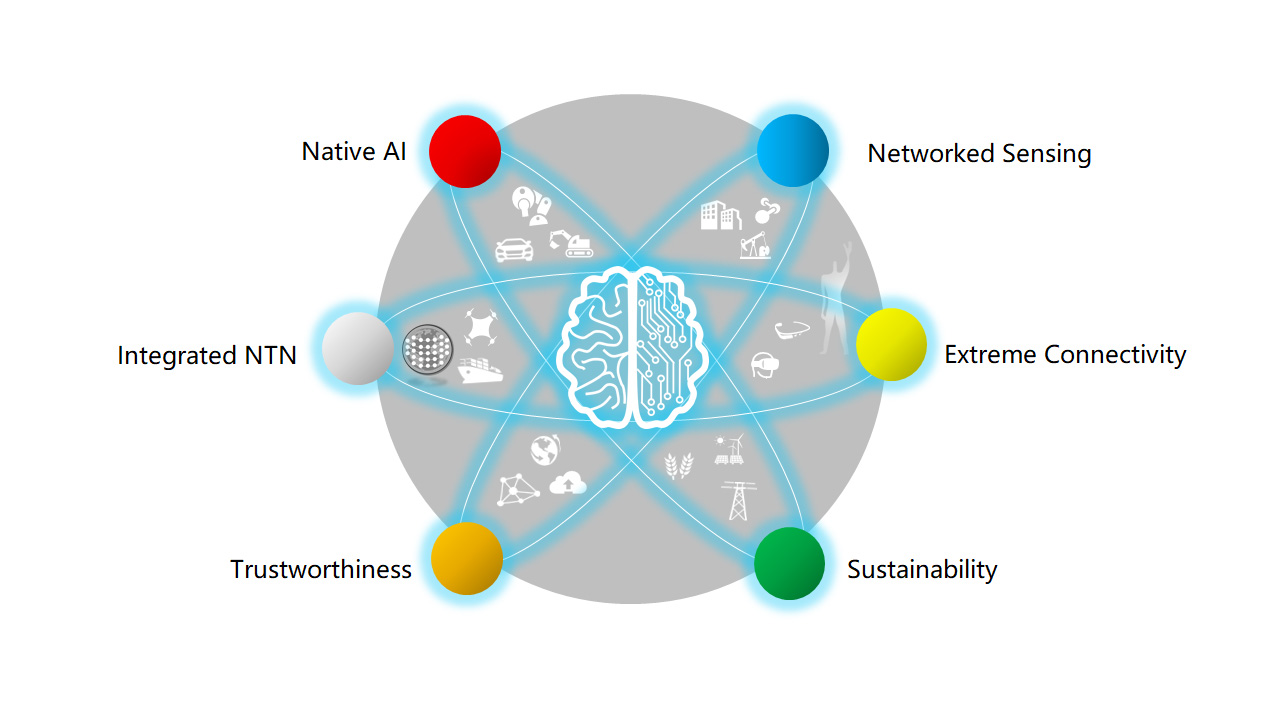
6 Pillars of 6G
Native AI
6G will boast its native AI capability. Its air interface and network designs will leverage E2E AI and machine learning to implement customized optimization and automated O&M. Not only this, each 6G network element will natively integrate communication, computing, and sensing capabilities, facilitating the evolution from centralized intelligence in the cloud to ubiquitous intelligence on deep edges. A distributed machine learning architecture built on deep edge intelligence will be key to meeting the large-scale intelligence requirements of future society and manufacturing.
Networked Sensing
6G will feature the networked sensing capability. Driven by the continuous increase in frequency bands, bandwidths, and antennas, communications systems will integrate wireless sensing capabilities to explore the physical world through radio wave transmission, echo, reflection, and scattering. They will also provide high-resolution sensing, localization, imaging, and environment reconstruction capabilities to improve communication performance and support a broader range of network service scenarios, laying a data foundation for building an intelligent digital world.
Extreme Connectivity
6G will provide universal high-performance wireless connections and ultimate experience with speeds comparable to optical fibers. Tbit/s peak rate, 10–100 Gbit/s experienced rate, sub-millisecond level latency, a tenfold increase in the density of 5G connections, centimeter-level localization, millimeter-level imaging, and E2E system reliability based on controllable error distribution will not only enable human-centric immersive services in the future, but also accelerate full-scale digital transformation and productivity upgrade of vertical industries.
Integrated NTN
6G will integrate terrestrial and non-terrestrial networks. A large number of low- or very low-earth orbit (LEO/VLEO) satellites will be deployed to form a mega satellite constellation in the non-terrestrial networks. These "airborne wireless networks" will expand the coverage of the terrestrial cellular infrastructure and empower new low-latency solutions for ultra-long haul transmission. To provide continuous high-quality services to users anywhere on Earth, both networks are expected to be deeply integrated as one system, where the terrestrial and non-terrestrial network nodes can be treated as base stations in a similar way, enabling users to leverage the advantages of each type in different service conditions.
Trustworthiness
The 6G network will integrate various capabilities such as communication, sensing, computing, and intelligence, making it necessary to redefine the network architecture. The novel network architecture should support native trustworthiness and can be flexibly adapted for tasks such as collaborative sensing and distributed learning to proliferate AI applications on a large scale. Data, as well as the knowledge and intelligence derived from it, is the driving force behind 6G network architecture redesign, wherein new features will be developed to enable E2E native trustworthiness. These include new data governance architectures supporting data compliance and monetization, as well as advanced privacy protection and quantum attack defense technologies.
Sustainability
Green and sustainable development is the core requirement and ultimate goal of network and terminal designs in 6G. By introducing the green design concept and native AI capability, 6G aims to improve the overall energy efficiency by 100 times across the network — to prevent the overall energy consumption of ICT infrastructure and terminals exceeding that of 5G — while also ensuring optimal service performance and experience. As the core infrastructure of digital economy, 6G will make unique contributions to the sustainable development of humankind.
6G is the next horizon of innovations. Huawei began investing in 6G research in 2017, when we were also driving 5G commercial deployment. We expect 6G to hit the market around 2030. The ambition of our 6G vision is to make our planet intelligently connected, sustainably developed, better protected, and full of vitality in all walks of life. We have expressed our preliminary 6G vision in the book “6G: The Next Horizon – From Connected People and Things to Connected Intelligence”, by which we hope to inspire more people, companies, and industries to bring broader and deeper perspectives to 6G. We are ready and willing to engage with our customers, industry peers, vertical partners, and any enterprises and organizations that may need 6G. Let's envision and define 6G together!



